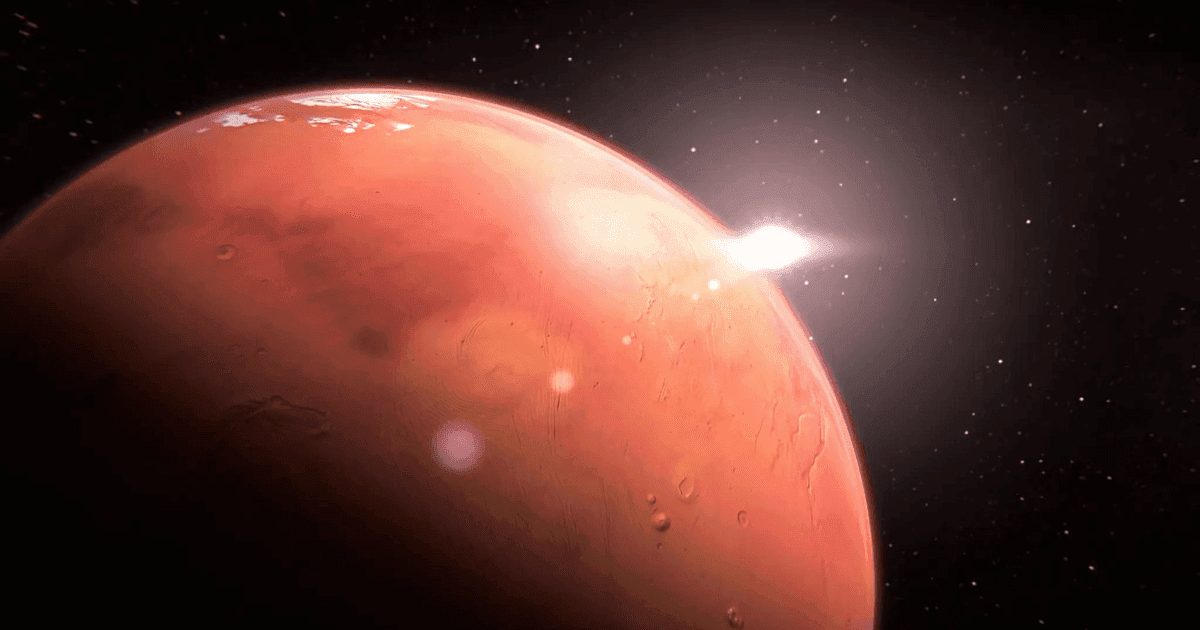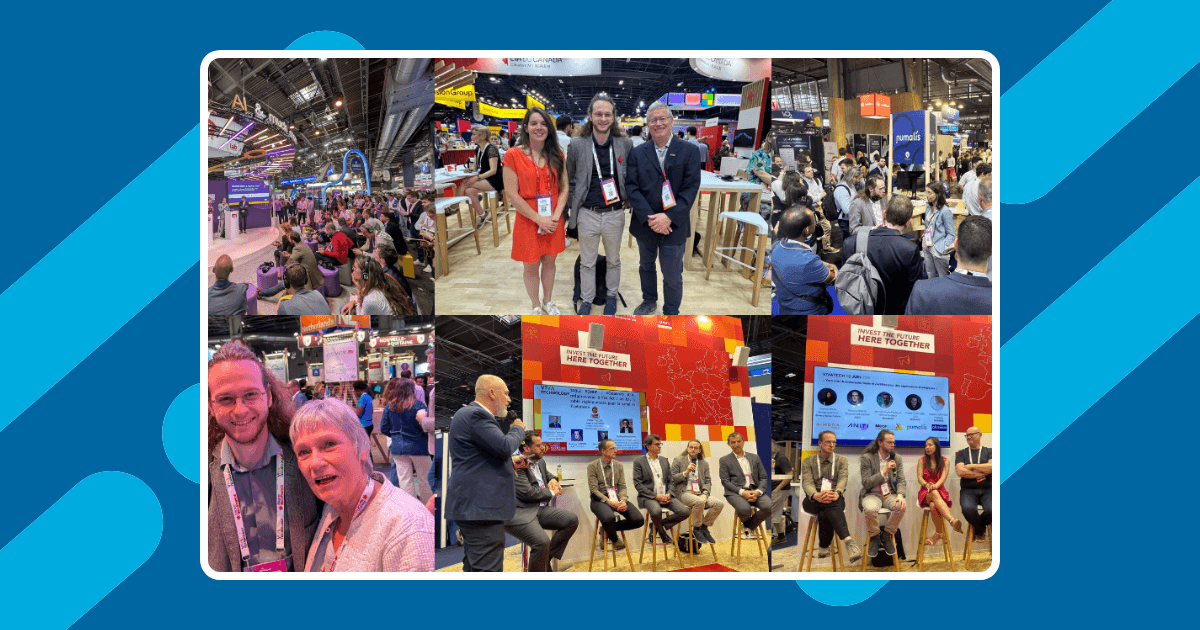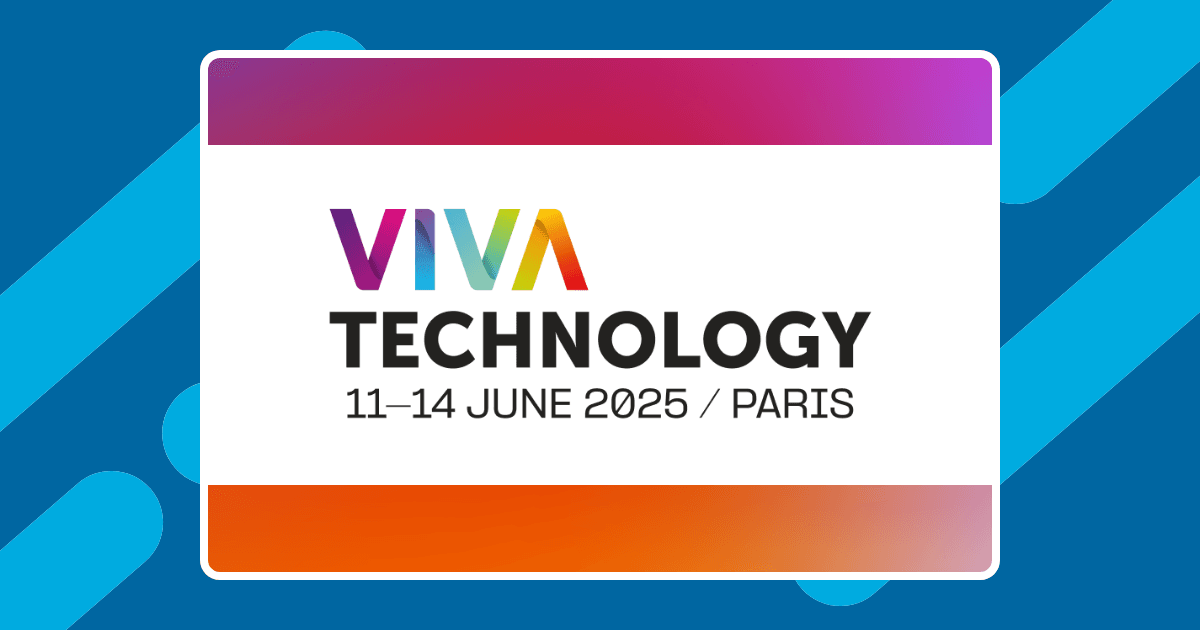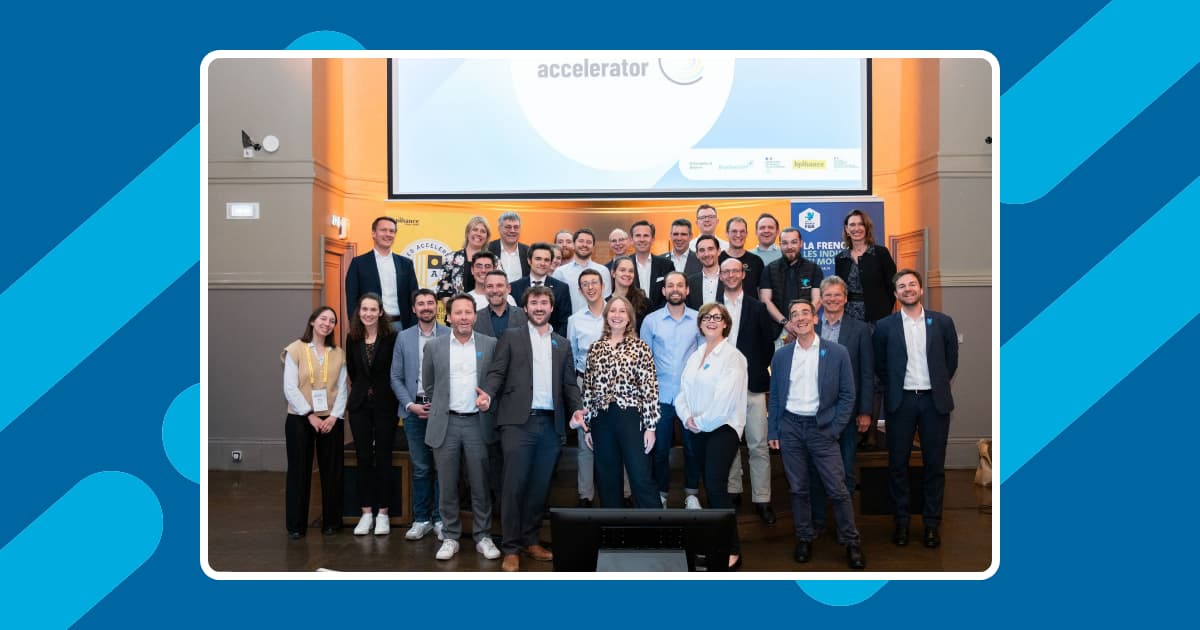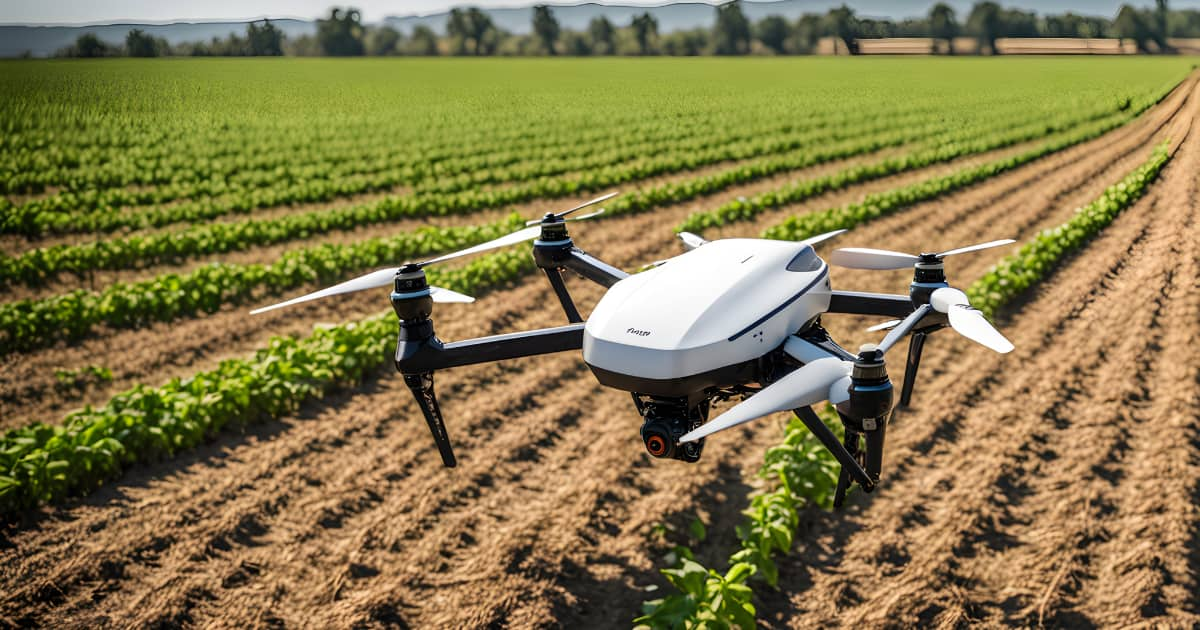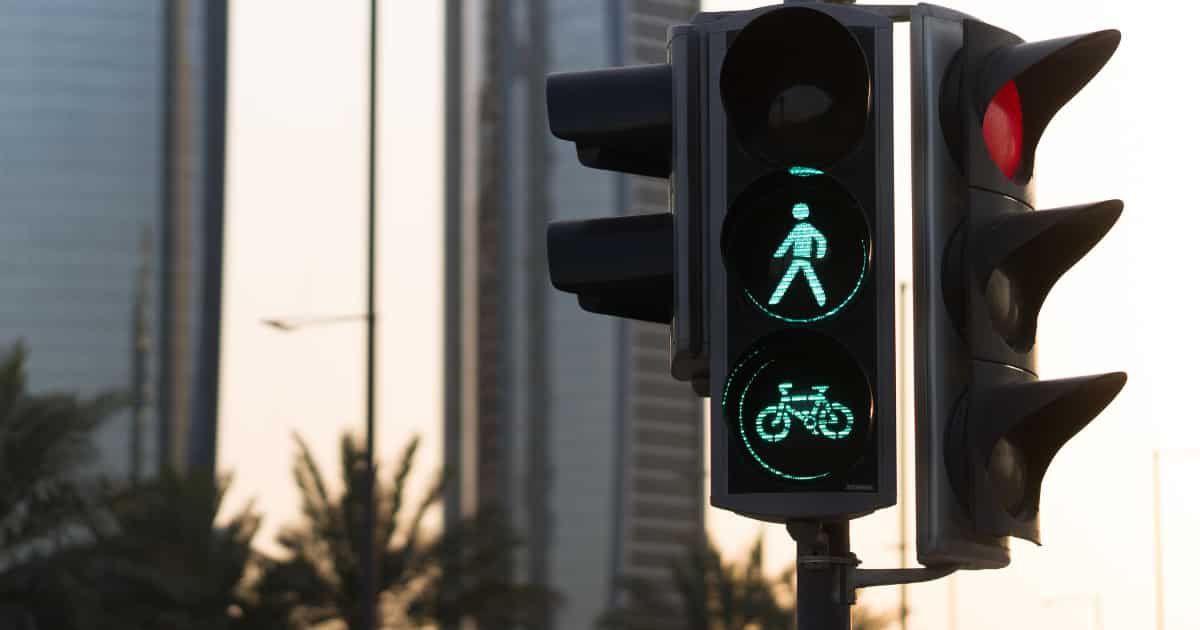Discover how the use of artificial intelligence came to support the space landers of Nasa’s Perseverance module during its descent to Mars1.
Seven minutes. Seven minutes is the time Nasa teams let the automated landing systems of the Perseverance vehicle guide its descent to the red planet. But this February 18, 2021, the landing systems were a little different than usual because they were assisted by an artificial intelligence.
After nearly seven months of travel to Mars and more than a decade of development, comes the most risky phase of the landing. Taking place more than 250 million kilometers from Earth, the action had to be carried out in real time without any human intervention2.
The challenge of communication and the use of TRN technology

The large distance between the Earth and Mars makes direct and instantaneous communication with the rover impossible. It takes between 3 and 22 minutes to transmit a signal to the rover, depending on the position of Mars in relation to the Earth. The success of this mission was made possible in part by the use of an artificial intelligence system called “Terrain Related Navigation (TRN)”. Its role is to assist the rover throughout the descent to land accurately and avoid dangerous terrain3.
During the previous Apollo lunar landings, the astronauts would set a landmark for the landing. Then during the final descent, the crew would adjust the trajectory of the module by eye, through the window, in order to avoid craters and rocky fields and land safely. It is in particular in this way that on July 20, 1969 Neil Armstrong manually landed Eagle, the first lunar lander with crew. He landed it on the lunar surface after the automated systems had directed the spacecraft to a landing site that was too dangerous in the “Sea of Tranquility”4.
The difference between the terms “automatic” and “autonomous” is fundamental, as we discussed in our article “Autonomy of AI: Can we really talk about it?“. Nowadays, on-board computers, sensors, and powerful AI systems can reinforce human capabilities. They allow to navigate and to make landings like the successful one of Perseverance. The question remains to verify that these systems are safe enough.
The TRN artificial intelligence systems, also called Landing Vision System (LVS), provides position measurements relative to known landmarks on the surface to augment inertial navigation5. During its descent to the landing site, the Perseverance rover was equipped with a camera, allowing it to take images and analyze them in real time.
These images were then correlated, thanks to LIDAR (Light Detection and Ranging) technology, to the map of the landing site that the rover had on board. This was done in order to recognize the location of the rover during its descent thanks to computer vision algorithms.
By comparing the images taken by the camera with those of the on-board map, the Terrain Related Navigation (TRN) automatically corrected the landing trajectory in order to complete the mission.
The goal was to prevent the rover from heading towards a dangerous obstacle, as there are many on the Jezero crater (landing site): steep cliffs, sand dunes, rocky fields. In case of danger, the system was able to trigger retro-rockets to move and avoid it. Thanks to TRN, the rover was able to estimate its location and correct its position relative to the ground with an accuracy of 40 meters6.
The importance of the robustness of AI systems in a hostile environment

The robustness of the AI system aboard Perseverance certainly played a big role in its landing. ISO defines robustness as the ability of an AI system to maintain its level of performance under all circumstances7.
“Under all circumstances” assumes that NASA was fully aware of all conditions (geographical, physical, meteorological etc) during the descent of the Perseverance rover. However, our knowledge of the Red Planet is still limited. Nothing assured them that the training base of the TRN AI system used to validate it was sufficiently representative of the real conditions of its use.
To overcome this, engineers rely on the ability to generalize that AI systems allow. This allows them to remain efficient even when the real conditions do not correspond exactly to those defined during the validation of the system. It is this capacity that the robustness property must allow to measure in order to ensure the success of a system.
An artificial intelligence system that generalizes sufficiently well provides a valuable capacity to maintain its performance. This is especially true when no one has control over the system in real time and when it is confronted with changing conditions.
Artificial intelligence at the heart of space missions
In future space missions, the use of artificial intelligence systems will become increasingly important. Indeed, it offers the necessary flexibility to adapt to unforeseen or changing conditions. The analysis of a large amount of data and the realization of tasks technically infeasible for humans (as it was the case for the landing of Perseverance) testify of its importance.
Nevertheless, the material constraints due to the conditions imposed by the space domain represent a technical obstacle to the further integration of AI systems in this domain. This is now an important research topic that is progressing, as demonstrated by this landing.
- Conquête spatiale : le robot Perseverance arrive sur Mars ↩︎
- The NASA Perseverance Mars Landing – a Victory for Artificial Intelligence and Machine Learning ↩︎
- NASA’s Perseverance Rover Lands on Mars: Here’s How It Is Using AI ↩︎
- Terrain Relative Navigation: Landing Between the Hazards – NASA Science ↩︎
- Overview of Terrain Relative Navigation Approaches for Precise Lunar Landing | IEEE Conference Publication ↩︎
- Digging The Tech Behind NASA’s Perseverance Rover ↩︎
- Définition : robustesse de la norme ISO/IEC 24029-1 ↩︎

